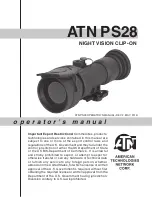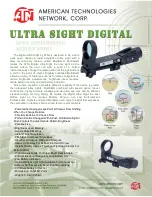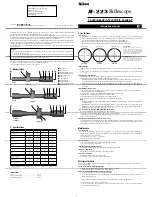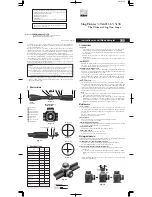
22
Adjusting the clutches
The Ultima 2000 has a dual axis clutching system. A clutching system is a necessity for two reasons. First it is
convenient. You can move the telescope without unlocking any of the axis. Second, it protects the precision worm
assemblies that drive the telescope. If there is too much load placed on a telescope without a clutch, the worm assemblies
feel all the force. This can easily damage the telescope. The clutch is designed to slip when the telescope is too much out-
of-balance or if a force is being applied to the system.
There is an ideal clutch setting for the telescope. For normal visual observing, you want to set the clutch as loose as
possible. This makes it easy for you to move the telescope by hand and also extends the battery life by creating less
resistance when the telescope is slewing. If you are doing CCD imaging or astrophotography, then you will want to
tighten the clutches to about 75%. When the clutch is this tight it will be difficult to center objects by hand so the hand
control should be used. Here is how to adjust the Altitude and the Azimuth clutches.
Altitude clutch
Figure 3-9 - The Altitude clutch adjustment knob
To tighten the altitude clutch, turn the Altitude Clutch Adjustment knob clockwise. To loosen, turn it counter-clockwise.
There are stops placed on the adjustment knob. The full range of the clutch knob is about 360º. This will prevent you
from over tightening the system.
Altitude clutch adjustment
knob














































